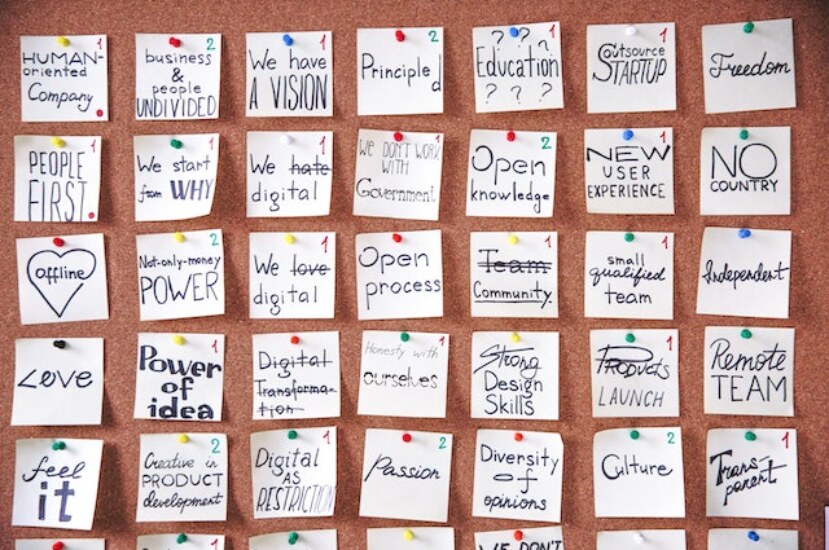Building a sustainability and ethics agenda for a fashion company involves several key steps:
- Assess the current state: Evaluate the company’s current practices and identify areas where sustainability and ethics can be improved. This assessment can cover various aspects such as supply chain transparency, materials sourcing, labor conditions, waste management, and carbon footprint.
- Set goals and priorities: Define clear and measurable goals that align with the company’s values and vision. Prioritize the areas that require immediate attention and identify specific targets to be achieved within a given timeframe.
- Develop a sustainability strategy: Create a comprehensive strategy that outlines the company’s approach to sustainability and ethics. This strategy should include specific initiatives, policies, and guidelines to be implemented across the organization.
- Engage stakeholders: Involve key stakeholders, including employees, customers, suppliers, and industry partners, in the development and implementation of the sustainability agenda. Seek their input, listen to their concerns, and collaborate on finding solutions.
- Establish policies and guidelines: Create robust policies and guidelines that govern sustainability and ethics practices within the company. This may include codes of conduct, supplier requirements, environmental standards, and labor practices.
- Enhance supply chain transparency: Implement measures to improve supply chain transparency, such as conducting audits, assessments, and certifications to ensure compliance with ethical and sustainable practices. Encourage suppliers to adopt similar standards.
- Foster sustainable sourcing: Identify sustainable and ethical sources for materials and products. Prioritize suppliers who adhere to recognized standards, such as organic certifications, fair trade practices, or recycled content.
- Implement responsible production processes: Integrate environmentally friendly practices into manufacturing processes, including resource efficiency, waste reduction, and the use of low-impact dyes and chemicals.
- Educate and train employees: Provide training and education programs to raise awareness among employees about sustainability and ethics. Empower them to actively contribute to the company’s sustainability goals.
- Monitor, measure, and report progress: Establish a system to track and measure the company’s sustainability performance against the defined goals. Regularly report progress internally and externally through sustainability reports, certifications, or public disclosures.
- Continuous improvement: Foster a culture of continuous improvement by regularly reviewing and revising sustainability practices. Stay informed about industry trends, emerging technologies, and evolving best practices to ensure the agenda remains relevant and effective.
Building a sustainability and ethics agenda requires a long-term commitment and a holistic approach to integrate sustainable practices throughout the company’s operations, supply chain, and corporate culture. Collaboration, transparency, and a willingness to adapt and improve are crucial for success.
